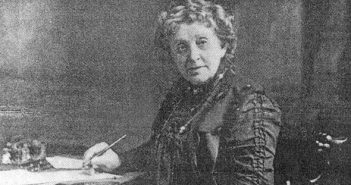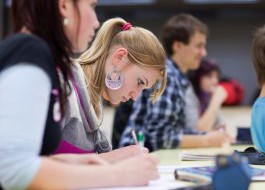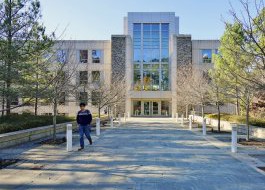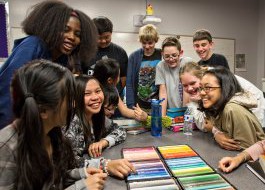 Mathias Eis Schultz
Mathias Eis Schultz
An innovative school could be modeled after a legendary CEO, like the Steve Jobs School in Amsterdam. Or it can be an institution that's blind to gender, like Egalia, in Stockholm, Sweden.
Keep scrolling to see what the future of education can, and probably should, look like.
Summit Sierra in Seattle, Washington: The school that gets personal.
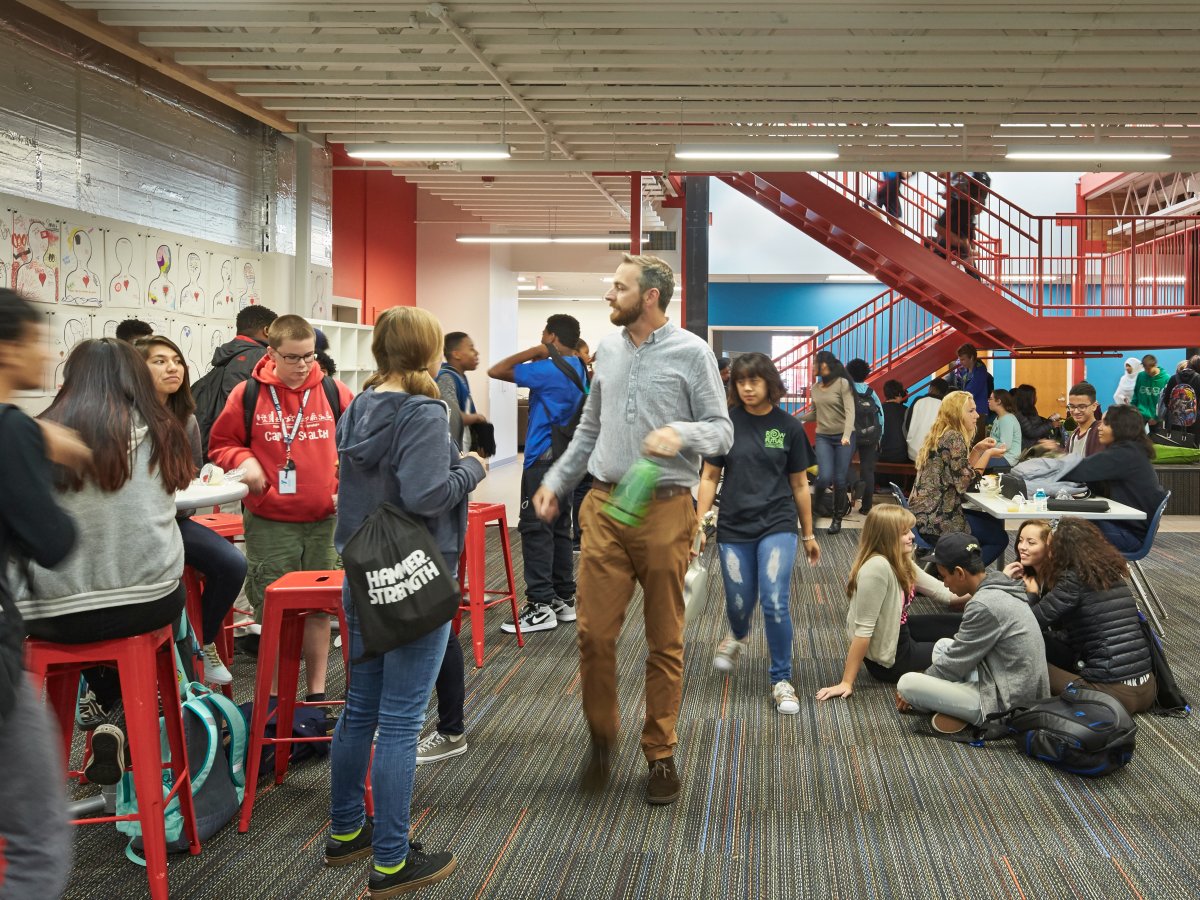
Bill Gates says Summit Sierra's approach to personalized learning — a form of education that uses technology to empower students to guide their own instruction — is one of the most effective ways to teach kids.
Opened in 2015, Summit Sierra is a charter school within the Summit Public Schools Network. The school caps enrollment at 200. Each day, kids read for 30 minutes, solve math problems for 30 minutes, take online courses, talk with mentors about their career and life goals, and meet with other students to talk and share their feelings during Community Time.
Even though kids guide their own learning, teachers still play a vital role. Summit teachers get matched with students who they mentor for all four years. Instructors can use in-house software to see which of their dozen or so students has completed certain assignments and exams.
By taking an active role in their education, Gates says, kids learn responsibility and self-reliance.
Ørestad Gymnasium in Copenhagen, Denmark: The school in a cube.
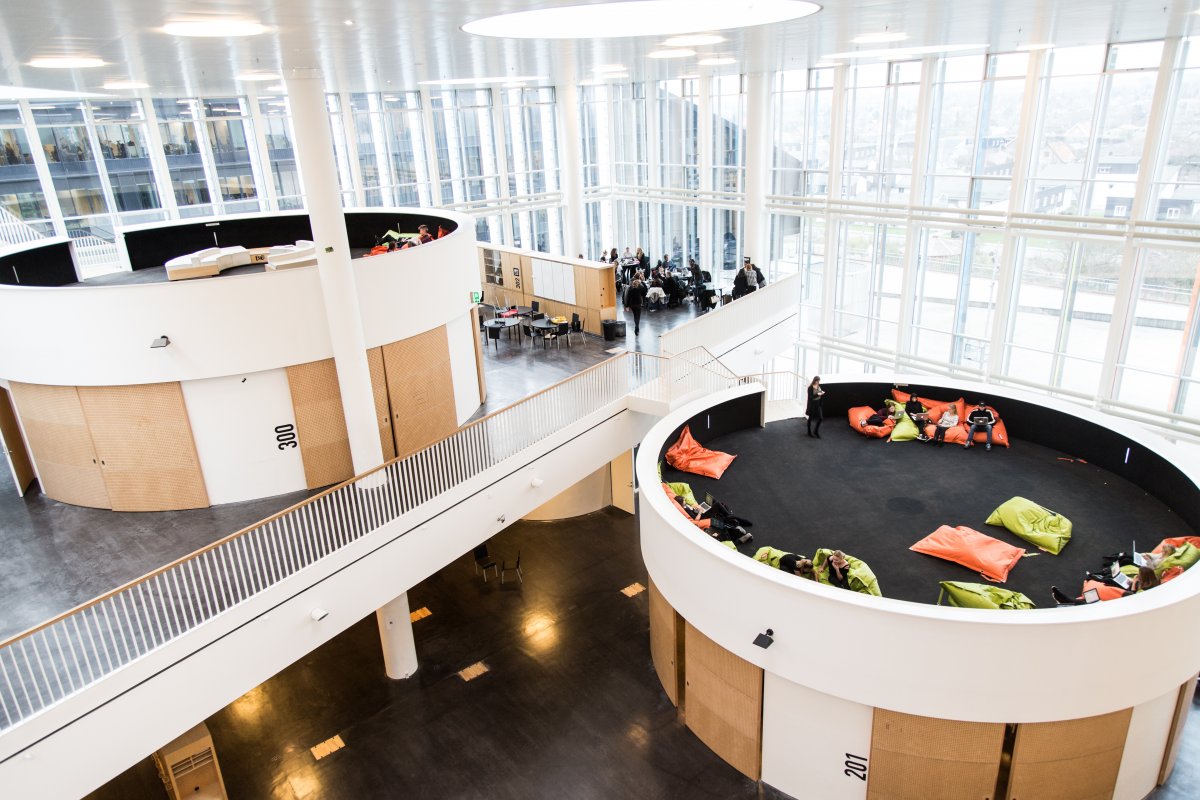
Ørestad Gymnasium is one giant classroom, where 358 high school students learn in an expansive glass cube — a "gymnasium," as parts of Europe still call secondary schools.
By encouraging students to collaborate in wide-open settings, the school hopes kids will be equipped to think flexibly on diverse topics later in life.
"We want to have teaching where the students make research and work together in solving real problems," headmaster Allan Kjær Andersen tells Business Insider. "So we want to be an open school that is in connection with the outside world."
The open spaces, which are adorned with spacious "drums" for a more relaxed learning environment, encourage students to assume an active role in their own education. Kids break off into groups and form makeshift classrooms, sometimes with teachers to guide them.
"It's not enough to give them knowledge, you also have to give them a way of transforming knowledge into action," Andersen says. "And that's very important for us, and I think it is important for modern schools."
Big Picture Learning in Providence, Rhode Island: The school in the real world.
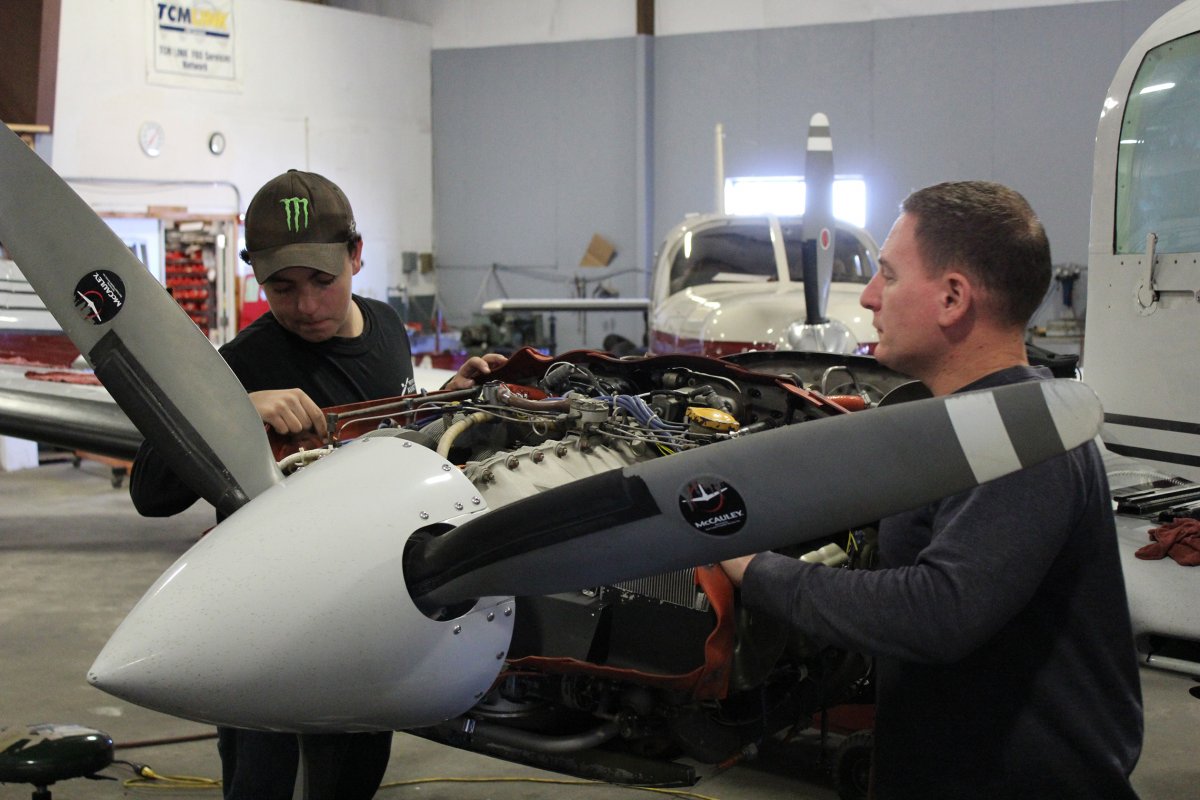
The Big Picture Learning model breaks down the walls between education and the working world.
From the beginning, k-12 students learn that their creative passions will come first. To help stoke those passions, students are paired with mentors who work in the fields the students want to someday enter.
"The most important element of the education at a Big Picture Learning school is that students learn in the real world," says Rodney Davis, communications director at Big Picture. The system is currently in place at 55 schools nationwide.
To that end, each student completes an LTI, or Learning Through Internship. "The projects are connected to the student's interests and meet the needs of the mentors," Davis says, whether that involves starting a business, fixing up cars, or learning the letter of the law.
Egalia Pre-school in Stockholm, Sweden: The school without gender.
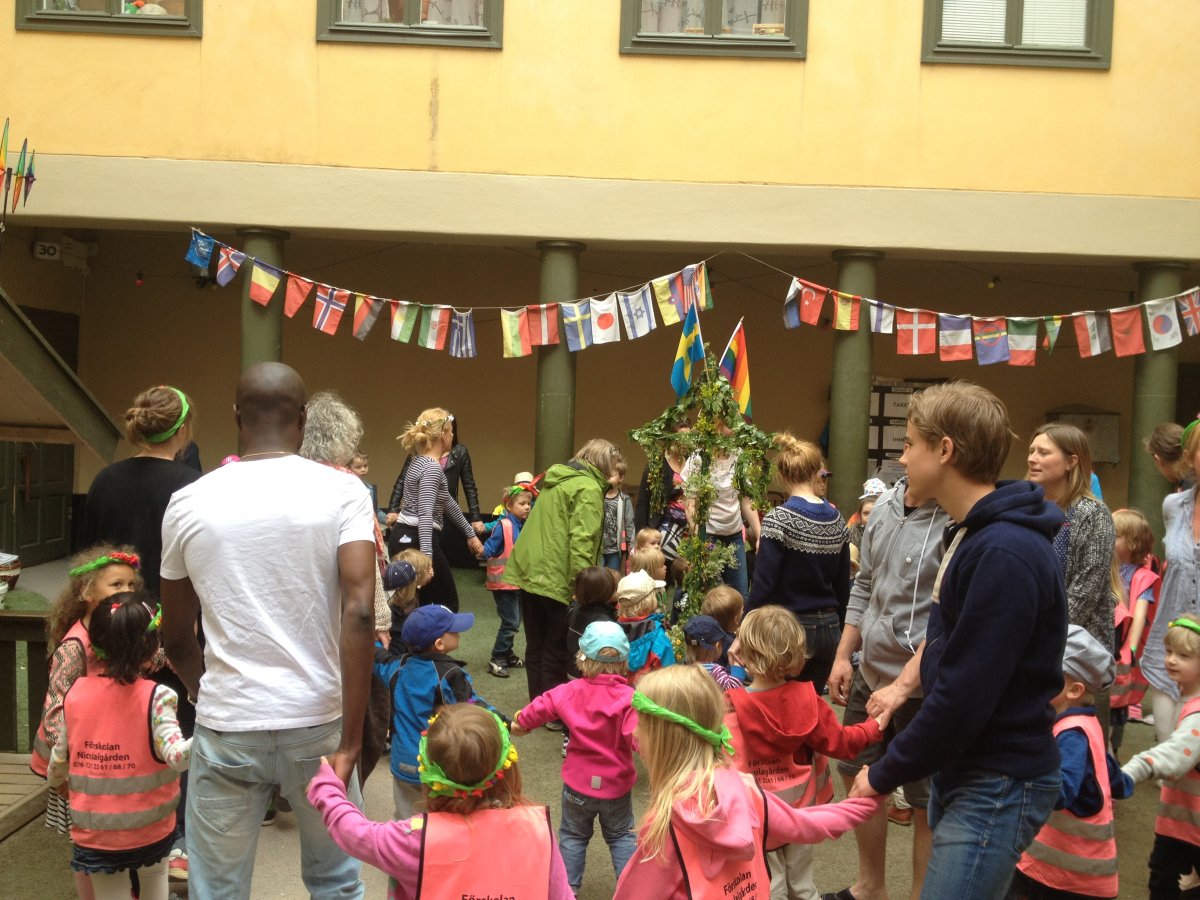
The Egalia school system is founded on total equality between students. The system is made up of two schools, Egalia and Nicolaigården, which both reject gender-based pronouns in the hopes of grooming kids to think of one another on equal terms.
Instead of "he" and "she," kids are either called by their first names or referred to as "they." It's part of a mission to avoid discrimination of all kinds.
"That [includes] gender, religion, age, class, sexual orientation, gender expression, disability," Headmaster Lotta Rajalin tells Business Insider. "This approach is imbued in every aspect of our day to day work with the children as well as in how we interact with the parents and each other."
Kids learn to judge each other on their actions, not stereotypes.
"It is important that the children learn the basis of democracy both in practice and theory in order to be good world citizens who do not discriminate," Rajalin says. "A good self-belief is the basis for learning and development."
AltSchool in San Francisco, California: The school of Silicon Valley.
AltSchool is a complete departure from traditional education, shirking the standard testing model for a curriculum that improves technology skills and gets kids thinking flexibly so they can adapt as the world changes.
Kids turn everyday objects into circuit boards and learn 3D modeling to build playhouses, all in the pursuit of becoming comfortable with the future that awaits them.
"The school experience can be so much more than consumption of facts and figures," CEO Max Ventilla tells Business Insider. "We should be educating children from a whole-child lens where they learn to problem solve, social-emotional learning is prioritized, students should be part of the goal-setting process, and so on."
AltSchool is quickly growing. The school, which educates kids from ages 4 to 14, began in San Francisco in 2013 and is now expanding to Brooklyn, New York, and Palo Alto, California. In the future, AltSchool plans to go nationwide.
Sra Pou Vocational School in Sra Pou village, Cambodia: The school for building community.
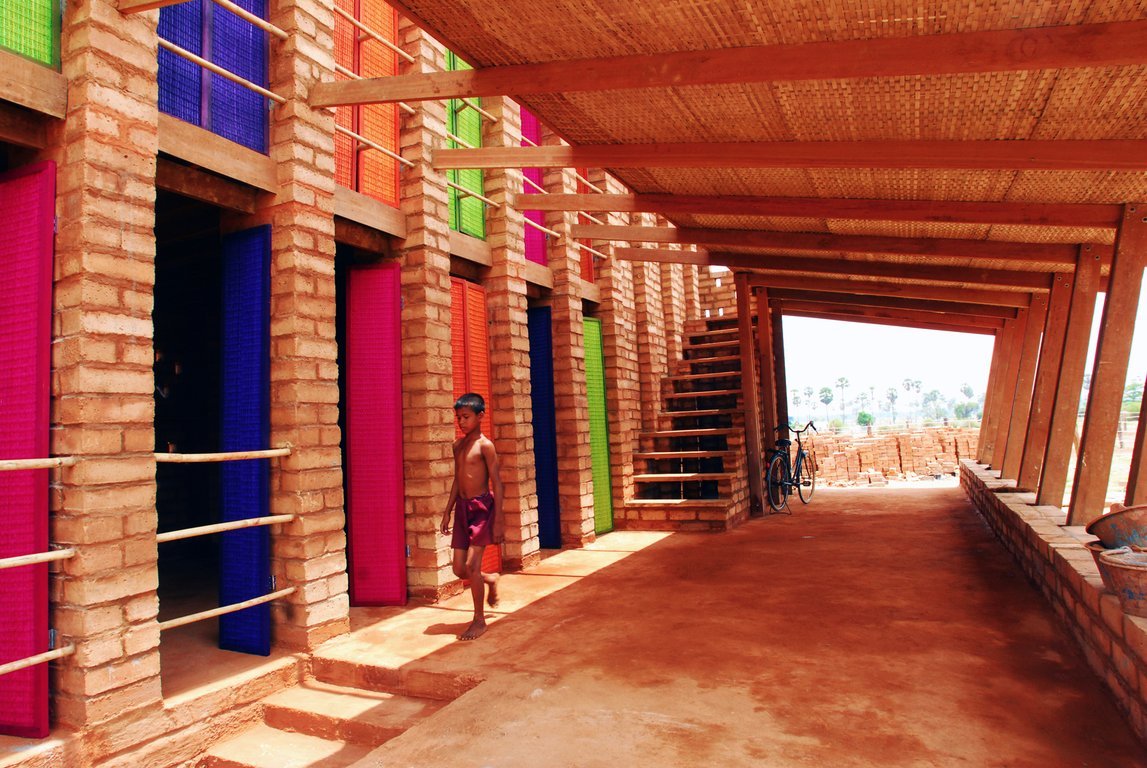
Designed by Finnish architecture firm Rudanko + Kankkunen, the all-ages Cambodian school was built by community members, for community members, to learn how to turn their passions into full-fledged businesses. A local NGO provides teachers that guide students on that path.
Building the school was a lesson in itself, as architects created the structure side by side with local residents, giving them pointers on how to construct similarly styled buildings on their own.
The school allows families to gain independence, Rudanko + Kankkunen explain. Rather than toil away in low-paying jobs, men, women, and children can learn the ins and outs of pricing their homemade goods and selling them to people in their area.
When it's not in use as a school, the building also serves as a town hall for democratic decision making and community meetings.
P-TECH High School in Brooklyn, New York: The school that bridges high school and college.
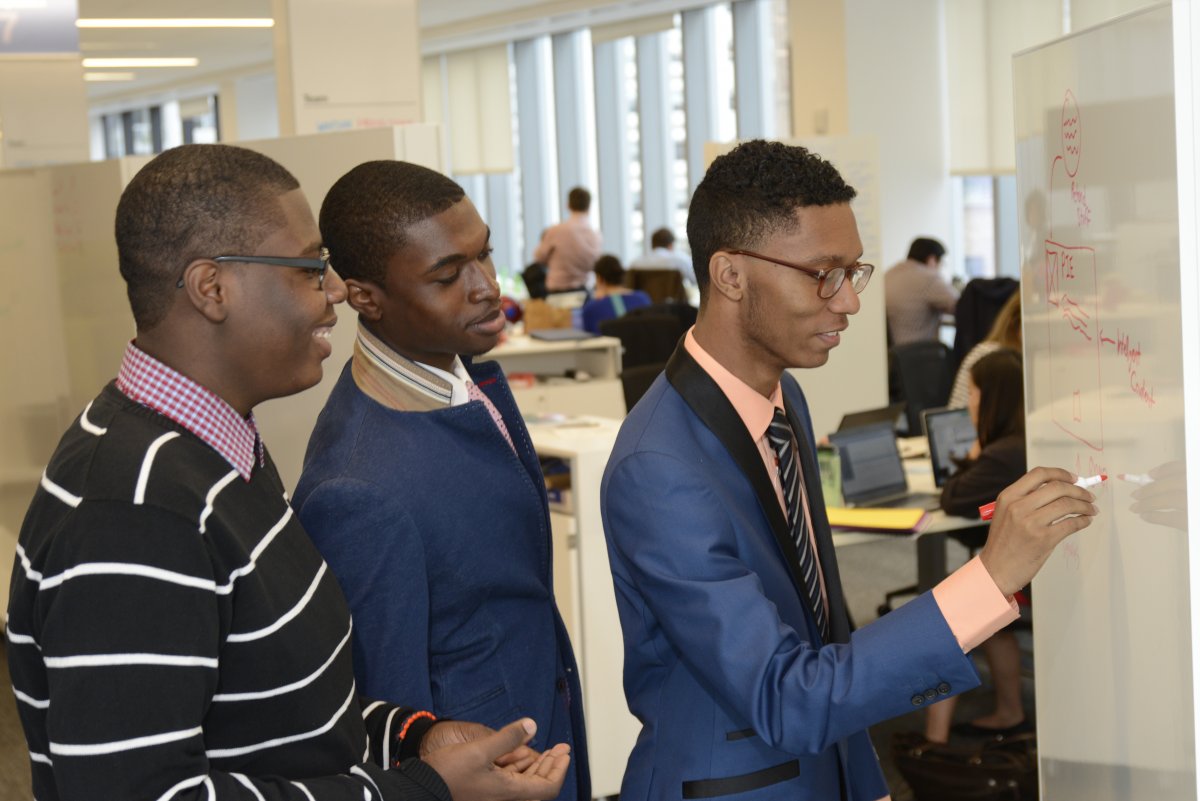
P-TECH was launched in 2011 by IBM to give teens in New York a way into college that avoids the usual four-year high-school track.
Instead, P-TECH students complete a six-year degree. Boosted by mentorship and internships in STEM fields, students spend the fifth and sixth years earning an associate's degree from the nearby New York City College of Technology. Many go on to pursue a bachelor's degree afterward.
"P-TECH is transforming high school," IBM's Stanley Litow, key architect of the P-TECH model, tells Business Insider. This offers students "a clear pathway from school to career, giving young people options that they could not imagine, and directly advancing the nation's economy."
The first graduating class left P-TECH this year, two years ahead of schedule, with both degrees under their belt.
Steve Jobs School in Amsterdam, Netherlands: The school that thinks differently.
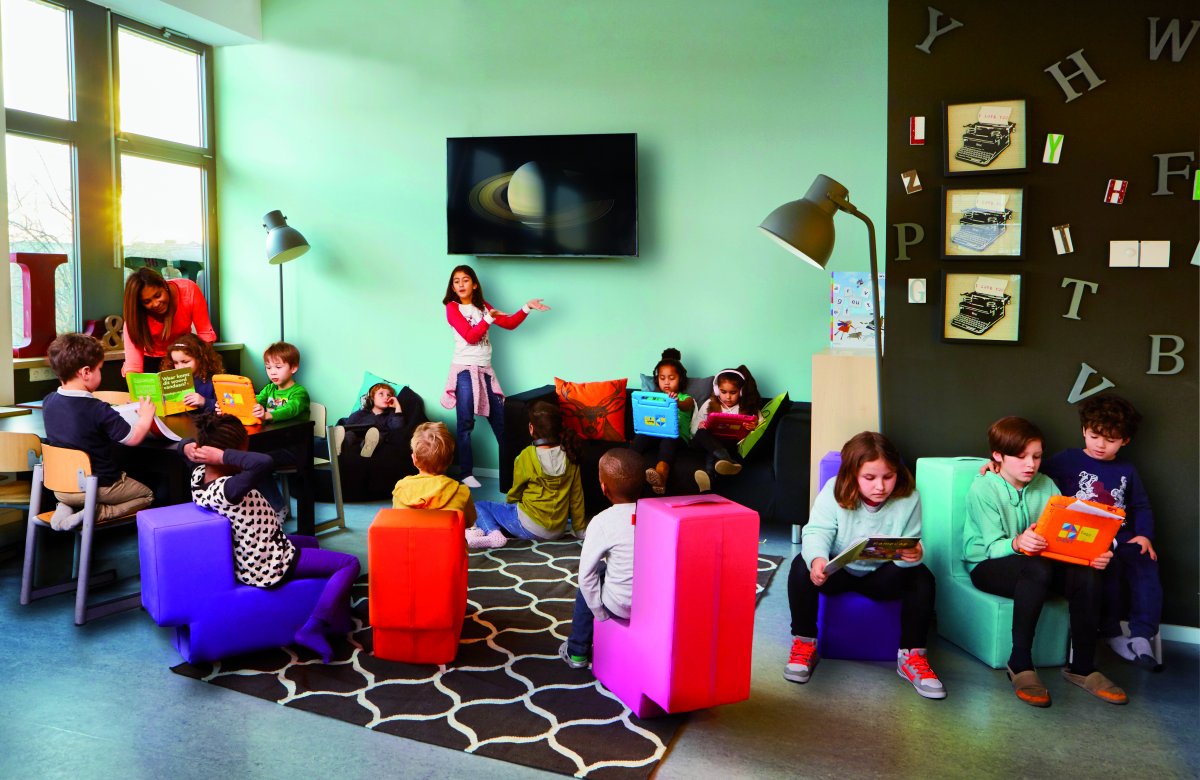
Like its namesake suggests, the Steve Jobs school rejects the conventional wisdom in full: Instead of corralling kids through the same educational system, they go at their own pace.
Maurice de Hond, the school's founder, tells Business Insider that each student begins with an Individual Development Plan (IDP), which is evaluated and readjusted every six weeks by the child, his or her parents, and the coach. (The school doesn't call them "teachers.")
"Based on the outcome of the IDP," de Hond says, "the child is offered new personal learning challenges and instruction moments to choose from."
All students in the 4th to 12th grade school receive iPads fully loaded with apps to guide individualized learning. The goal is to get kids designing their own education.
"In a Steve Jobs School," de Hond says, "no child is an exception as every child works at its own pace."
Brightworks School in San Francisco, California: The school that teaches dangerously.
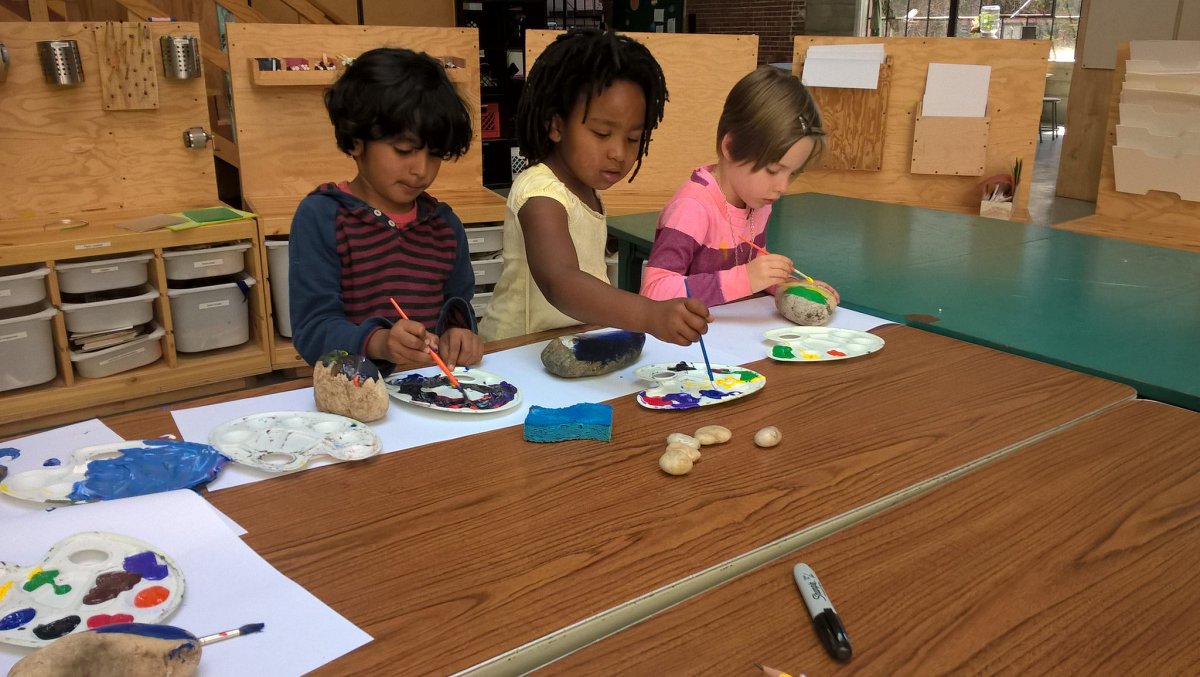
Launched by visionary Gever Tulley in 2011, Brightworks takes some of the most dangerous things parents tell their kids not to do and makes an entire curriculum out of them.
Kids in grades K through 12 get dirty, play with fire, take apart home appliances, and complete art projects all in the same day.
"We invite students to be co-authors of their education, embracing and supporting the individual and the unique set of skills and interests that motivate them," Tulley and Justine Macauley, Brightworks' program coordinator, tell Business Insider in an email.
The school is housed in an expansive warehouse filled with art, forts and makeshift theaters — items all meant to tap into kids' creative side.
"The world needs more people who see the hardest challenges as interesting puzzles and have the creative capacity, skills, and tenacity to make change happen," Tulley and Macauley say. They are people "who take joy in contributing instead of consuming, participating actively in the world, and who empathize across social and economic boundaries."
Carpe Diem Schools in Aiken, Ohio: The schools built like offices.
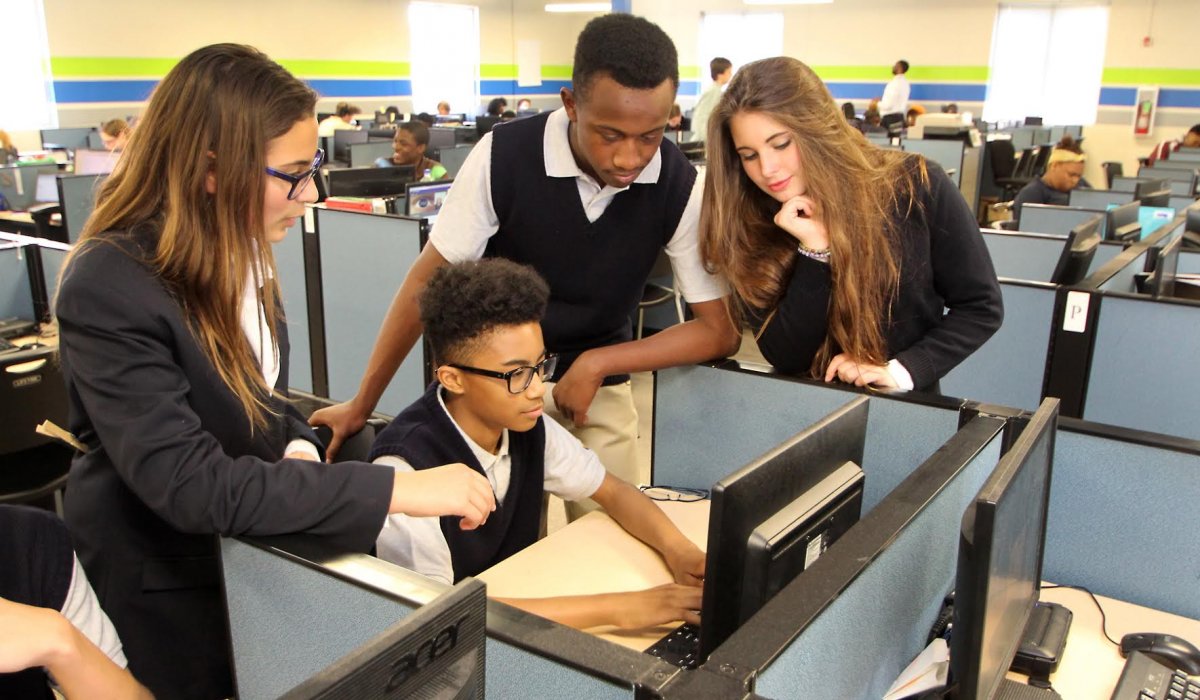
The Carpe Diem school looks more like an office building than a classroom.
Inside the main room, known as The Learning Center, there are 300 cubicles (one for each student). These cubes house a computer that guides the student through his or her education.
It's a model that has paid off big time in the handful of Carpe Diem schools, which go from grades 3 to 12, across the US.
Carpe Diem-Yuma, in Arizona, outperformed every public school in the county on the Arizona Instrument for Measuring Standards (AIMS) test four years in a row. Carpe Diem's proficiency was 92%, whereas the average was 65%.
In Indianapolis, kids are increasing their reading levels by the equivalent of three years in just one year's time.
"Every student is different," Carpe Diem CEO Dr. Robert Sommers tells Business Insider. "Yet we need to get them all prepared for life after school. Adjusting to their needs allows students to be more successful. We judge our success on our students success."
Innova Schools in Peru: The schools built by world-class designers.
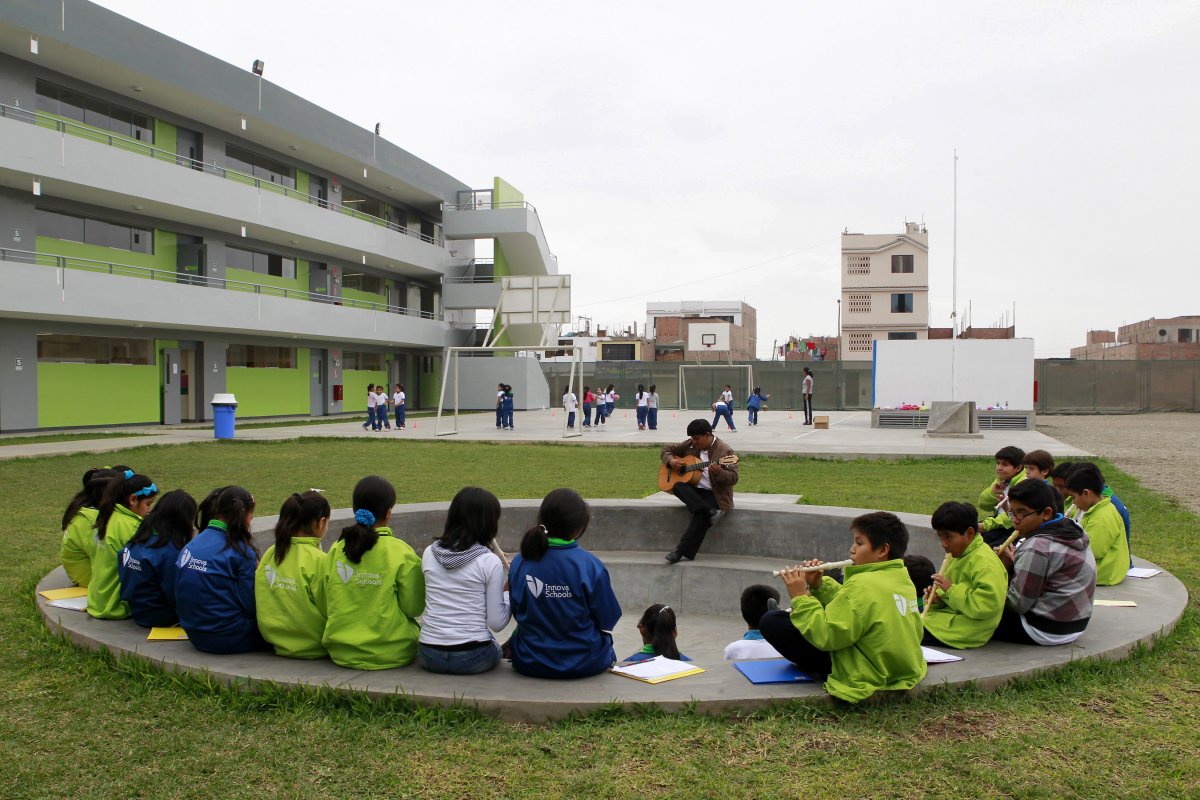
Innova is Peru's response to failures in standardized education in the country. The school combines several different forms of instruction — tech-heavy online learning, guided lessons, group work — in a setting that was designed to be modular and adaptable to the location.
Billionaire businessman Carlos Rodriguez-Pastor launched the line of schools in 2011 with the help of global design firm IDEO. Today, there are 29 schools across the country.
Students spend half their day deeply immersed in guided online education and the other half receiving more traditional instruction.
The tech-heavy school, which is open to kids in Kindergarten through 11th grade, only costs parents roughly $130 a month. So far, it's been wildly successful. In 2013, 61% percent of Innova second-graders reached proficiency in federal math exams. The national average was just 17%.
Blue School in New York, New York: The school fusing compassion and creativity.
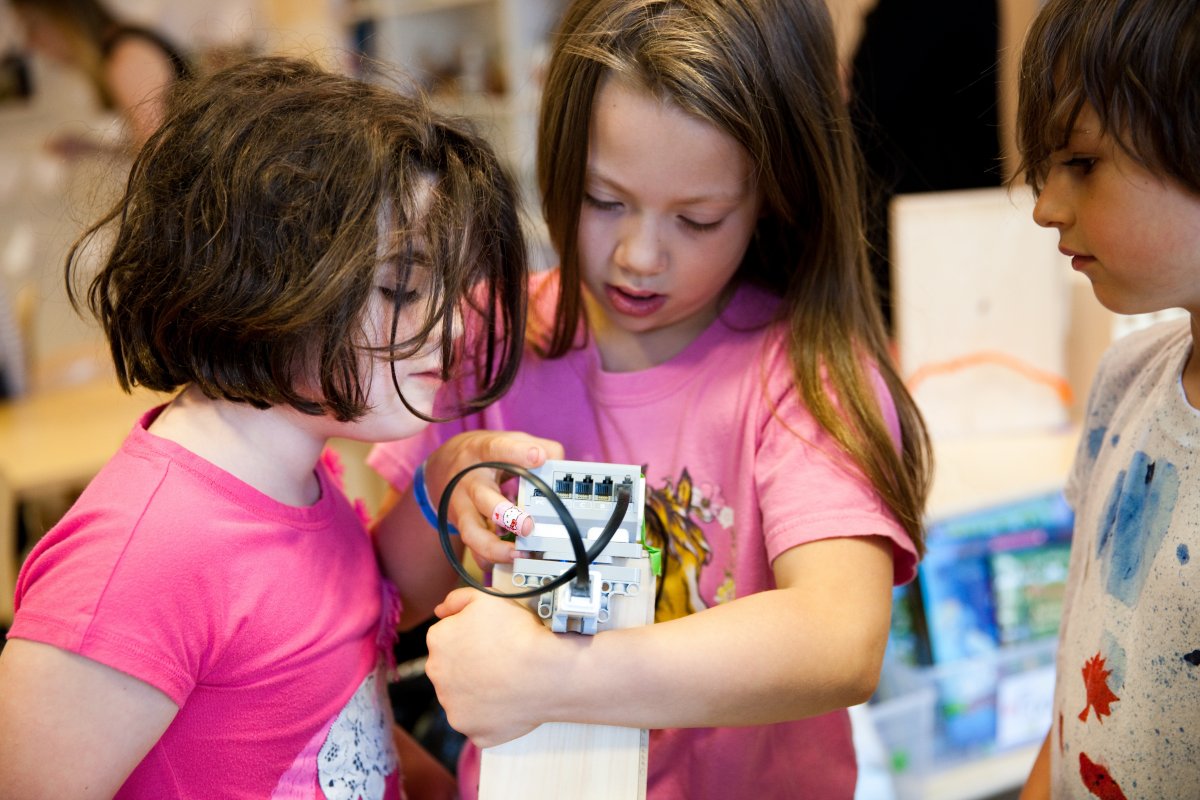
Creativity is king at Blue School, which was founded as a playgroup in 2006 by the Blue Man Group. Sensing a gap in how schools operated, the group strove to bring its quirkiness and love of inquiry into education.
As part of the curriculum, kids in grades 2 to 8 come up with ways to improve recycling, create 3D models of New York City, and fix home appliances. They gain an intimacy with real-world problems that few kids are exposed to when learning their times tables with flash cards.
Its system of "dynamic learning" applies to kids of all ages, who are taught that creating and implementing novel ideas is a critical set of skills.
"Studies show that fostering and explicitly teaching social and intellectual skills in school results in the adaptable thinkers, collaborative problem solvers, and irrepressible innovators that an unknowable and quickly changing world demands," a Blue School official tells Business Insider.
Samaschool in San Francisco, California: The school that says it's not too late.
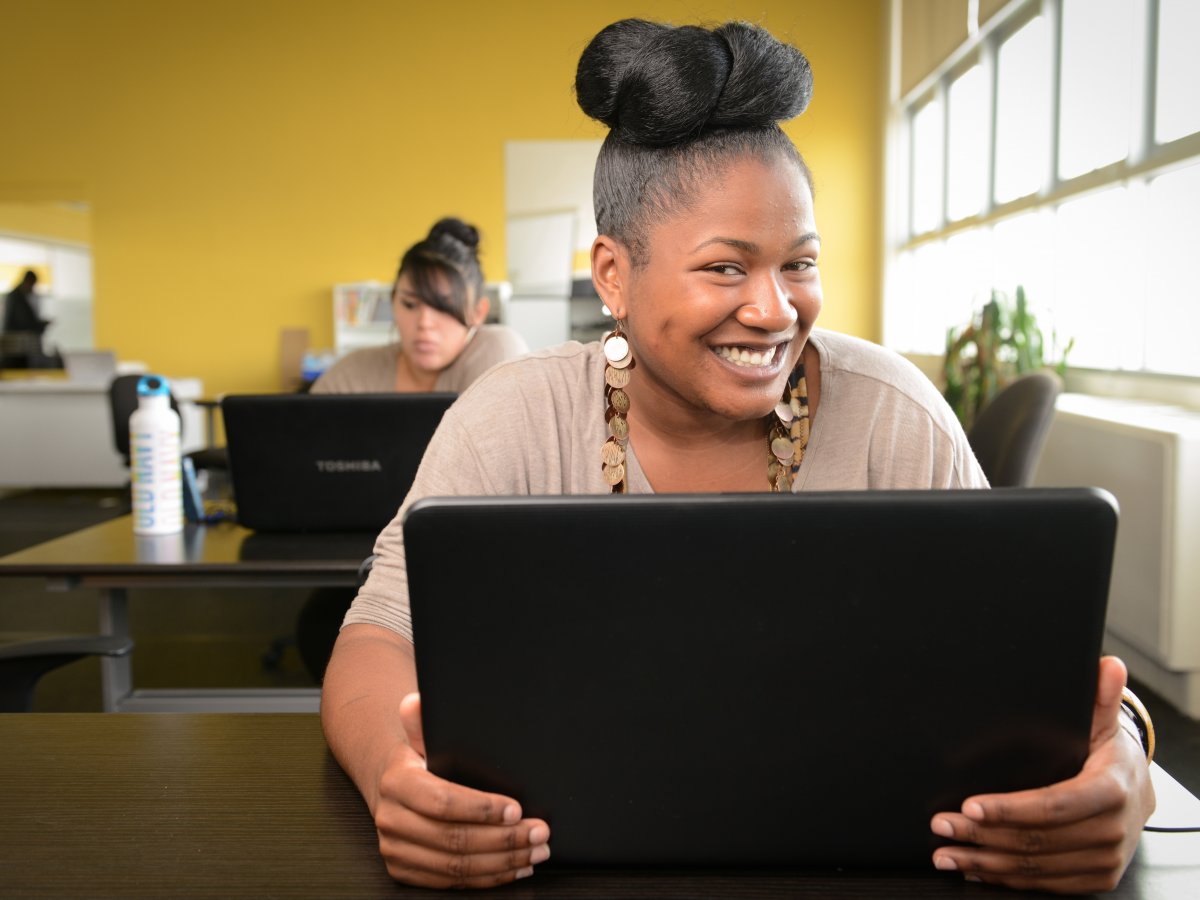
In-demand jobs are hard enough to find, especially for people in low-income areas. But those are the people Samaschool wants most. The school gives adults who struggle to find employment a leg up, with an education focused on the digital and entrepreneurial skills necessary in today's market.
Students can choose between the 10-week course, lasting 80 hours, and the online course, which takes between 20 and 30 hours.
They go on to a variety of jobs; recent graduates have taken positions in customer service and SEO optimization.
In a short amount of time, Samaschool's model allows people to drastically change their circumstances, says Tess Posner, managing director of Samaschool. Among students who have graduated and taken on contracts for online work, hourly wages have increased 27% on average.
The biggest thing students gain is relevancy, she says.
"The economy is quickly shifting to become more and more digital. Faster, bootcamp-style trainings focused on digital skills and entrepreneurship — like Samaschool — are one exciting example of how, for not that much cost, we can get people prepared for growing sectors in the digital economy."
THINK Global School in locations around the world: The school without borders.
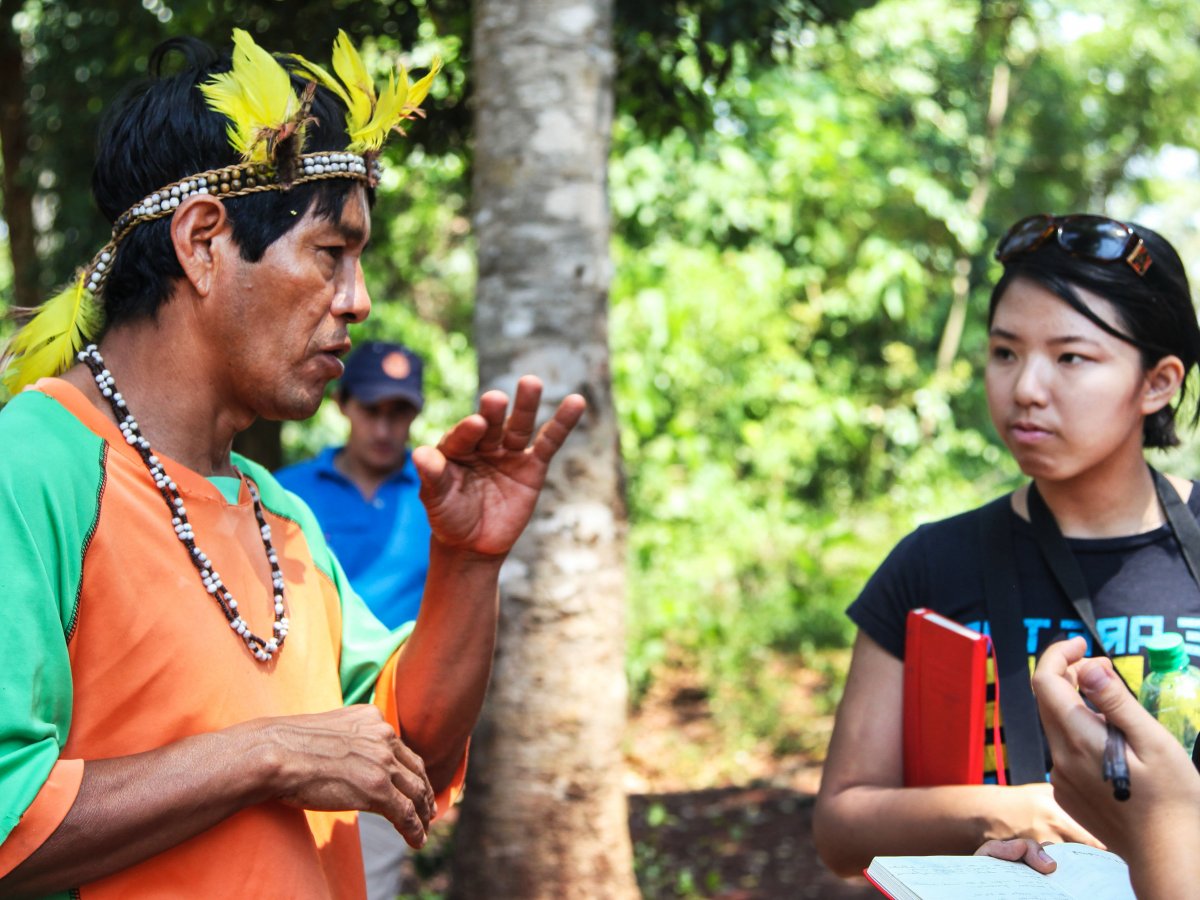
Though it's headquartered in New York City, THINK Global School is a high school without walls. Students spend each semester in a different country, learning about local culture, studying natural sciences, and reading classic literature from the area.
During the 2014-2015 school year, students spent the fall semester in Costa Rica and the spring in Greece. "As they sailed from island to island in the Ionian Sea, they delved deep into lessons on philosophy, art, and literature — just truly embracing the moment while in this gorgeous environment," Lee Carlton, an IT analyst at THINK, tells Business Insider. "It's a place-based learning activity that we're incredibly proud of and something our kids gained a lot from."
In each country, students also pursue charity projects and community-based work. For parents who want their kids to become global citizens, there's no better school than THINK.

